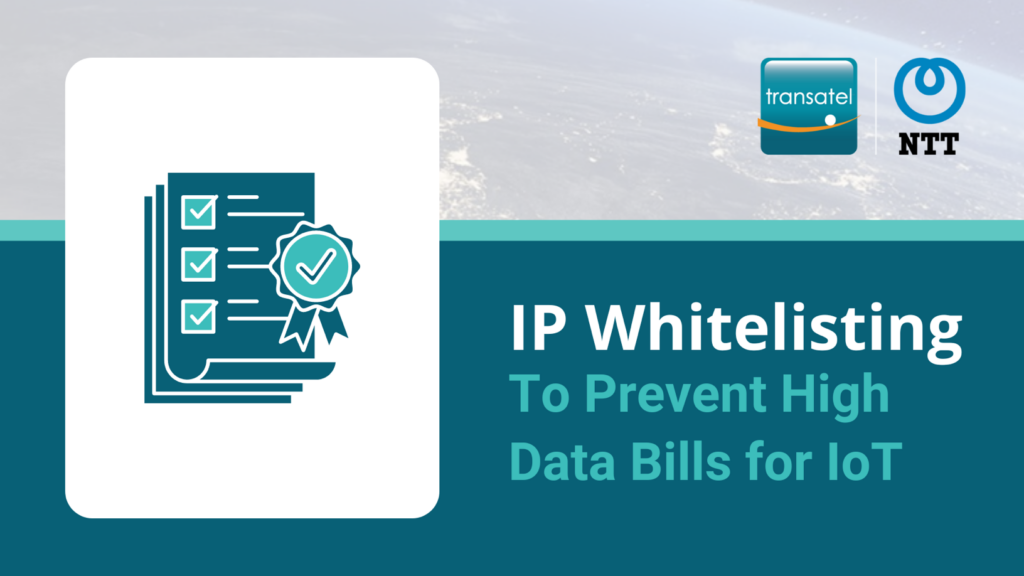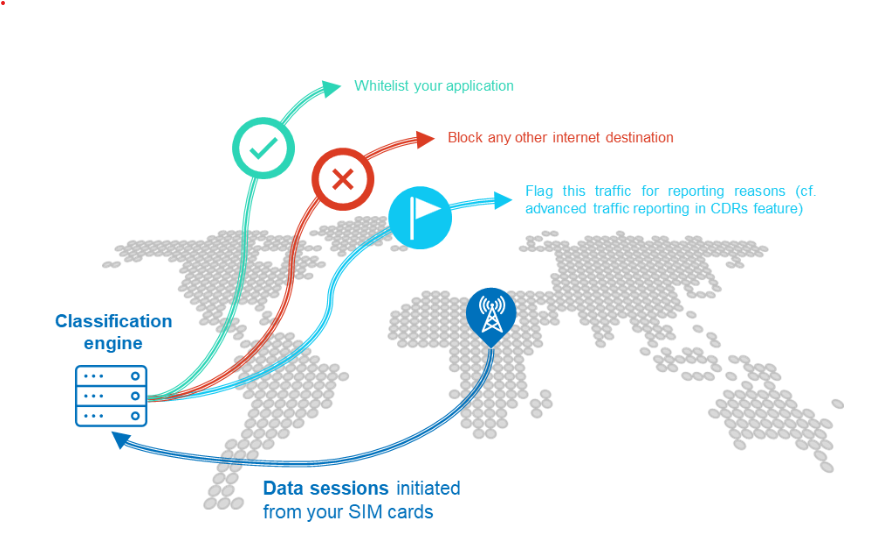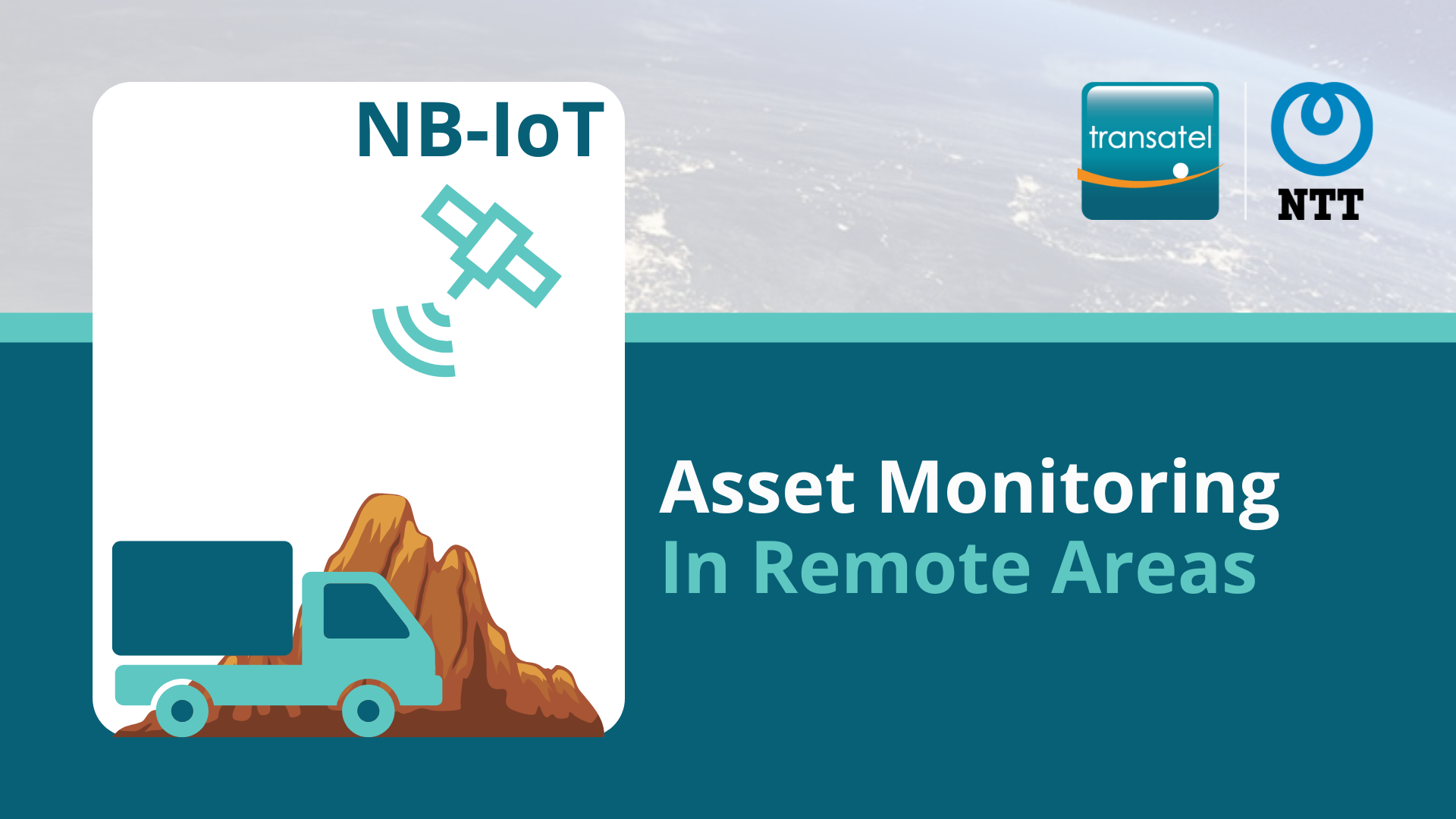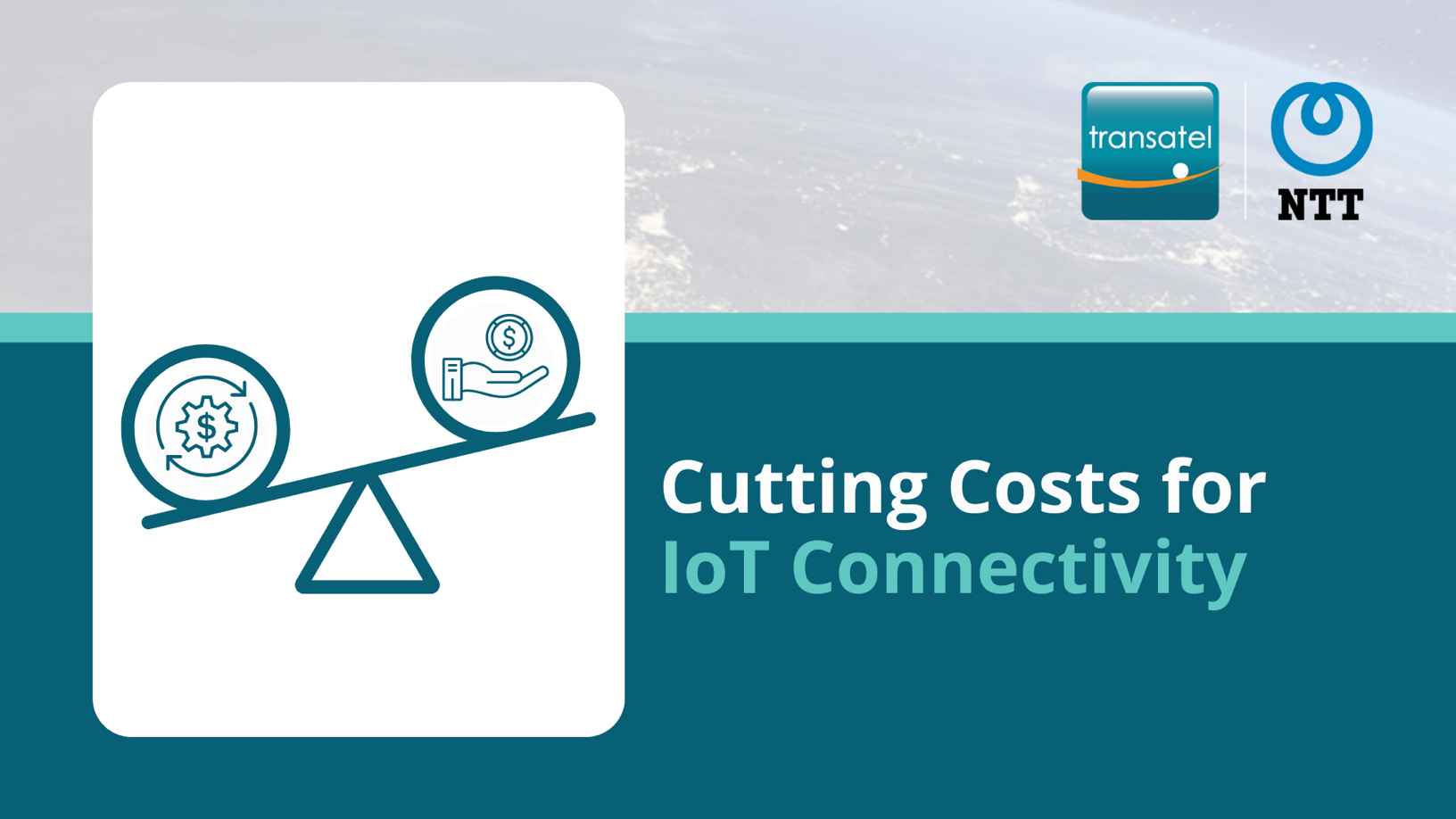
Why do we need IP Whitelisting? Because IoT connectivity is sometimes so reliable some find it tempting to use it beyond its intended M2M purpose. Picture this: You’ve equipped your fleet of trucks with cellular connectivity to transmit essential technical data for telematics purposes. However, one day, you receive a ridiculous bill far exceeding the expected usage needed to monitor your fleet’s activities. Upon investigation, you discover that one of your truck drivers has repurposed the SIM card for personal use, enjoying some YouTube videos while on the road.
It’s hard to blame him: the SIM card automatically connects to the strongest network in any country. Yet, while your driver may find it convenient, you may not share the enthusiasm for them using company connectivity for personal entertainment.
How to Fix these Data Overage Problems?
The solutions to save time and resources include:
- VPN usage which is restricted to specific purposes
- Enabling High data consumption alerts.
- IMEI lock to prevent SIM usage in unauthorized devices.
Another effective solution is IP whitelisting or blacklisting, tailored to your specific needs.
- Whitelisting restricts traffic to predefined destinations, preventing access to unauthorized sites and ensuring the transmission of useful telemetry data.
- Alternatively, blacklisting blocks traffic to known malicious sites, allowing access to authorized destinations while safeguarding against unwanted usage.
How does IP Whitelisting work?
To optimize whitelisting efficiency, simply define the list of IPs you want to authorize or block access to. Our core network will then filter traffic from your SIMs to these destinations, ensuring your connectivity bill aligns with your intentions.

Do you want to learn how Transatel has helped global industry leaders prevent their IoT SIM cards from being misused? Contact us today to schedule your FREE 30-minute session with an IoT expert. With our cutting-edge solutions, your IoT data bills will be the least of your worries.





